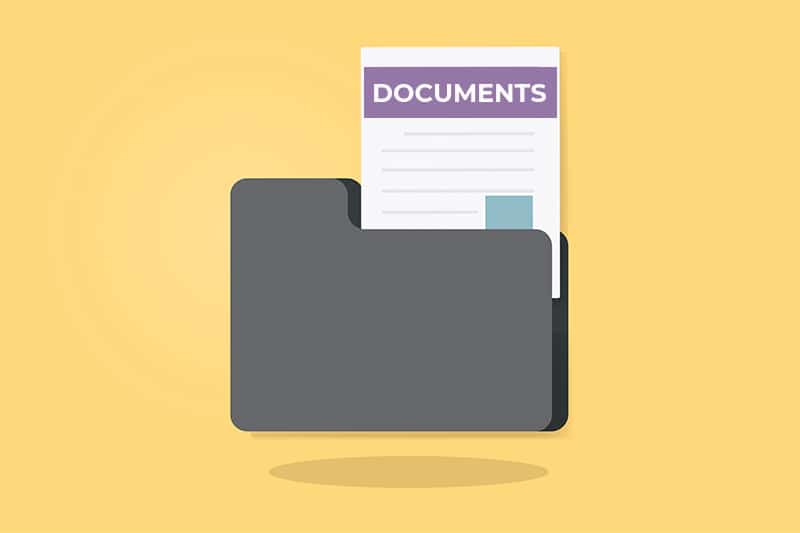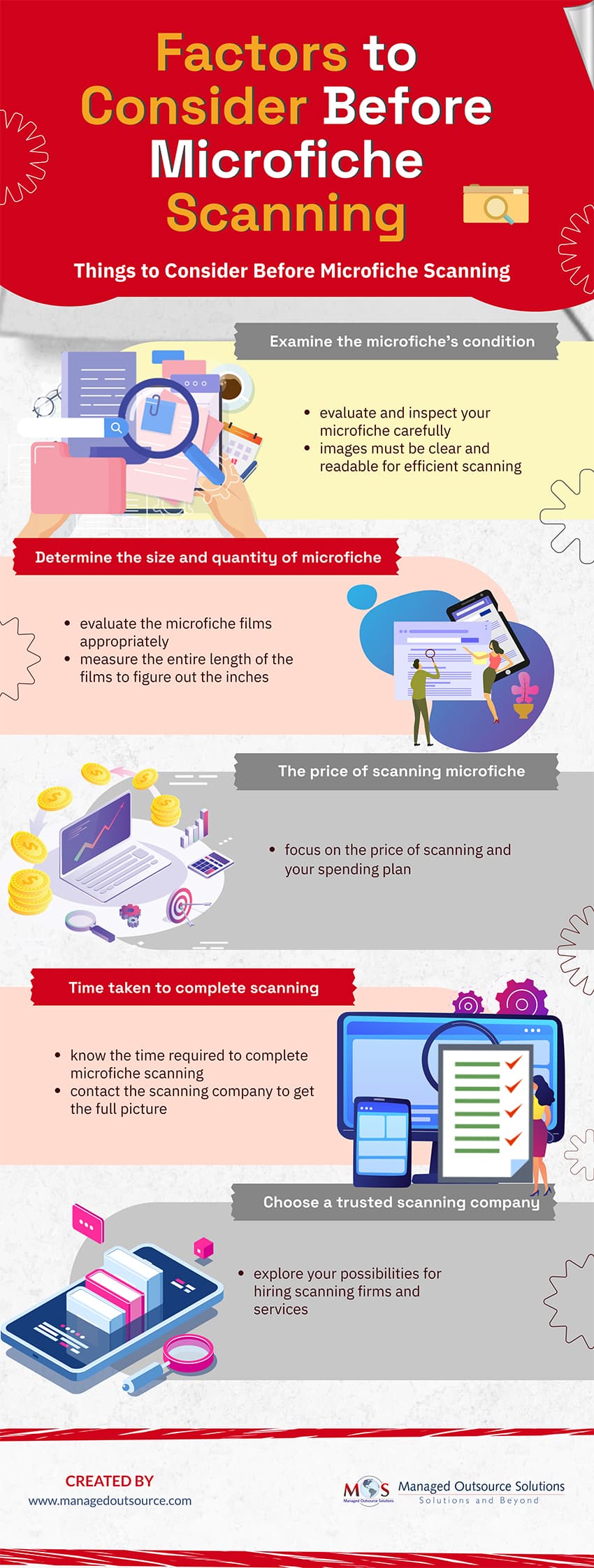Microfiche is a small sheet of photographic film used to store miniaturized data from documents. It can hold vast amounts of data and documents while taking up very little physical space. This technology has been used extensively in academic institutions, archives, businesses, libraries, etc. However, most of these entities are now converting microfiche into digital format. Microfiche scanning facilitates easy storage and access to valuable old documents. Itallows you to keep track of valuable documents for future reference and to search through thousands of pages at once. People who are looking for any old data can quickly find the information they need in the digital copies using keywords and other search criteria.
Drawbacks of Microfiche
There are many organizations that still maintain extensive microfiche archive libraries of high-volume archival documents, journals, books, newspapers, and magazines. The major challenges associated with microfiche are:
- Accessibility: Retrieving specific information can be time-consuming due to the manual search process involved.
- Deterioration: Over time, microfiche can degrade, potentially leading to loss or damage of valuable data.
- Space and storage: Storing large volumes of microfiche requires physical space and specialized storage conditions.
- Limited sharing and collaboration: Sharing data from microfiche isn’t as convenient or efficient as digital formats, limiting collaboration possibilities.
To address these challenges, organizations are transitioning from microfiche to more modern and accessible digital storage solutions with the help of professional document scanning services. Leading service providers have the technology and resources to ensure hassle-free microfiche digitization.
Factors to Consider Before Microfiche Scanning
- Examine the microfiche’s condition: If you want the microfiche to be efficiently scanned, the images must be clear and readable. The information and clarity of the digital document that has been scanned can be adversely affected by any damage to the photographs. So, you should evaluate and inspect your microfiche carefully.
- Determine microfiche size and volume: Since microfiche are sheets, it might be difficult to calculate how many films and rolls are needed. The quantity, however, will decide the scanning project’s scope and have an impact on the overall cost. It is crucial that you make an effort to estimate the microfiche films appropriately for this reason. It could be challenging to count each film, so instead you can measure the entire length of the films and then figure out how many inches there are in total in a stack of films.
- Consider project cost: Consider how microfiche scanning services will cost and your budget. This will enable you to decide if you can scan all of the microfiches at once or just the microfiche films that are most important to you. The kind and condition of the films, the targeted outcomes, the timetable, and other variables can all affect the project’s cost.
- Time to complete microfiche scanning: You should think about how long it will take to complete your microfiche scanning assignment. Contact the company to get the full picture. The total amount of time required will vary depending on the project’s targeted timetable, the quantity of microfiche films, the desired results, and other factors.
- Select a trusted scanning service: Microfiche scanning is a challenging project and should be handled professionally. The possibility that the microfilm may have deteriorated over time also calls for using the best scanning service. Thoroughly explore the services available and choose a reliable document scanning company.
Check out our infographic on factors to consider before microfiche scanning.
For a seamless transition of your microfiche to digital formats and ensure easy access
Historically, archivists, hospitals, journalists, and scholars have heavily depended on microfiche for storing historical documents and data. However, maintaining the necessary machinery for reading microfiche has become increasingly challenging each year. These machines, with their outdated technology, are considerably more complicated to operate compared to modern computers. That’s why organizations are increasingly leveraging document scanning services to convert microfiche into accurate digital format.





